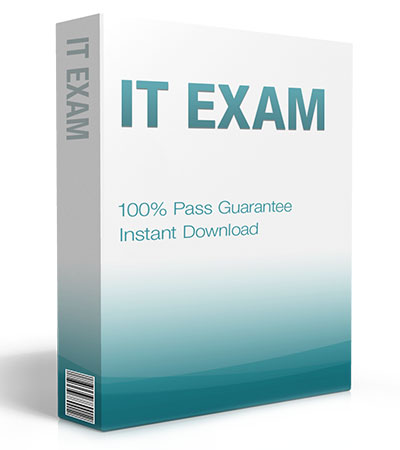Oracle E-Business Suite R12.1 Inventory Essentials: 1Z0-519
Want to pass your Oracle E-Business Suite R12.1 Inventory Essentials 1Z0-519 exam in the very first attempt? Try Pass2lead! It is equally effective for both starters and IT professionals.
- Vendor: Oracle
- Exam Code: 1Z0-519
- Exam Name: Oracle E-Business Suite R12.1 Inventory Essentials
- Certifications: Oracle Certifications
- Total Questions: 137 Q&As( View Details)
- Updated on: Feb 15, 2025
- Note: Product instant download. Please sign in and click My account to download your product.

- Q&As Identical to the VCE Product
- Windows, Mac, Linux, Mobile Phone
- Printable PDF without Watermark
- Instant Download Access
- Download Free PDF Demo
- Includes 365 Days of Free Updates

VCE
- Q&As Identical to the PDF Product
- Windows Only
- Simulates a Real Exam Environment
- Review Test History and Performance
- Instant Download Access
- Includes 365 Days of Free Updates
Passing Certification Exams Made Easy
Everything you need prepare and quickly pass the tough certification exams the first time
- 99.5% pass rate
- 7 Years experience
- 7000+ IT Exam Q&As
- 70000+ satisfied customers
- 365 days Free Update
- 3 days of preparation before your test
- 100% Safe shopping experience
- 24/7 Support
Oracle 1Z0-519 Last Month Results
Free 1Z0-519 Exam Questions in PDF Format
Related Oracle Certifications Exams
1Z0-519 Online Practice Questions and Answers
Questions 1
Your client has an item that is used globally. The site in Colorado is evaluating a local source for the item. The buyer requires the incoming goods from the local source to be separated from the goods received from non local sources.
Which three actions should be performed to meet this requirement? (Choose three.)
A. Enter the item in the subinventory form.
B. Modify master item attributes to default a subinventory.
C. Change the PO Line receipt routing to Inspection Required.
D. Modify organization item attributes to default a subinventory.
E. Create a separate subinventory to stock goods from the local source.
F. Create item transaction default for the item hi the Item Master Organization.
G. Insert a separate subinventory on the purchase order and attach Receiver Notes.
H. Ensure that you do not create an item transaction default for the Item in the Inventory Organization.
Questions 2
Which three statements are true about modifying flexfield values?
A. The values cannot be disabled.
B. The value description can be changed.
C. The effective dates for a value can be limited.
D. The values can be deleted after they are defined.
E. The values cannot be modified after they are defined.
Questions 3
Which two statements are true regarding ownership of shared entities? (Choose two.)
A. Items is owned by Oracle Purchasing, whereas Locations is owned by Oracle Receivables.
B. Suppliers is owned by Oracle Purchasing, whereas Units of Measure is owned by Oracle Inventory.
C. Ledger is owned by Oracle General Ledger, whereas Locations is owned by Oracle Human Resources.
D. Customers is owned by Oracle Human Resources, whereas Locations is owned by Oracle Receivables.
E. Sales Force is owned by Oracle Order management, whereas Employees is owned by Oracle Human Resources.
Reviews
-
I took my exam yesterday and passed. Questions are valid. Customer support was great. Thanks for your help.
-
i have achieved high score by using this dumps good luck to you.
-
I love this dumps. It really helpful and convenient. Recommend strongly.
-
Before attending the exam, I have studied every question and answer. when i seated for exam, I felt confident in every question. At last, I passed the exam with high score without doubt.Thanks for this valid dumps.
-
I have tested yet. I prepared my exam only with their materials. Recommend.
-
I studied this material carefully and took every question seriously. At last, I passed the exam with high score. Prepare well and study much more.
-
Thanks a lot and good lock for every body
-
One of my friends told me that your dumps are good and I purchased it. Great. I passed my exam with it. Nice work, guys.
-
Simulation still valid..passed with a score of 917 :-D
-
This Dump is 100% valid, Pass today. Dump valid.


 Printable PDF
Printable PDF